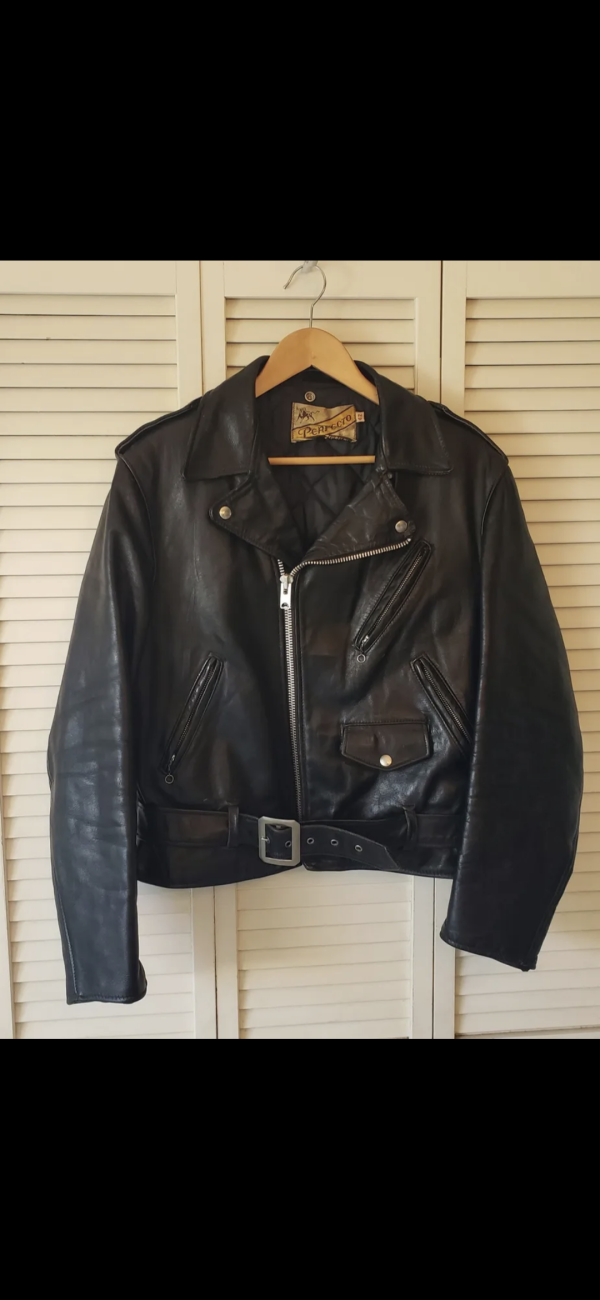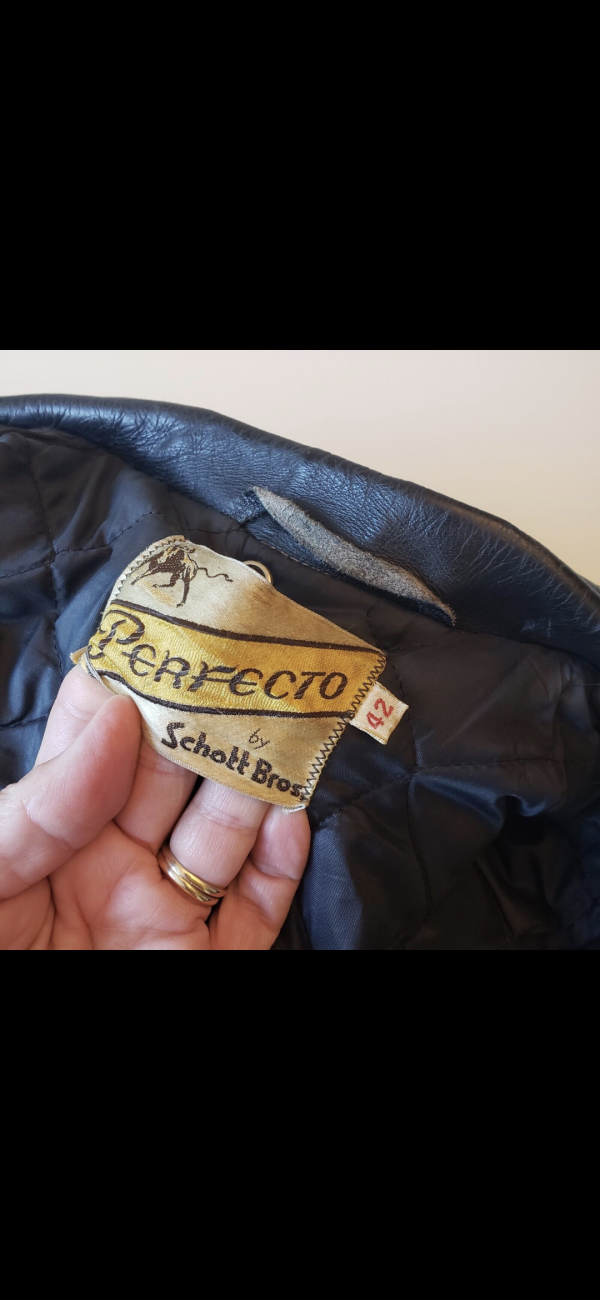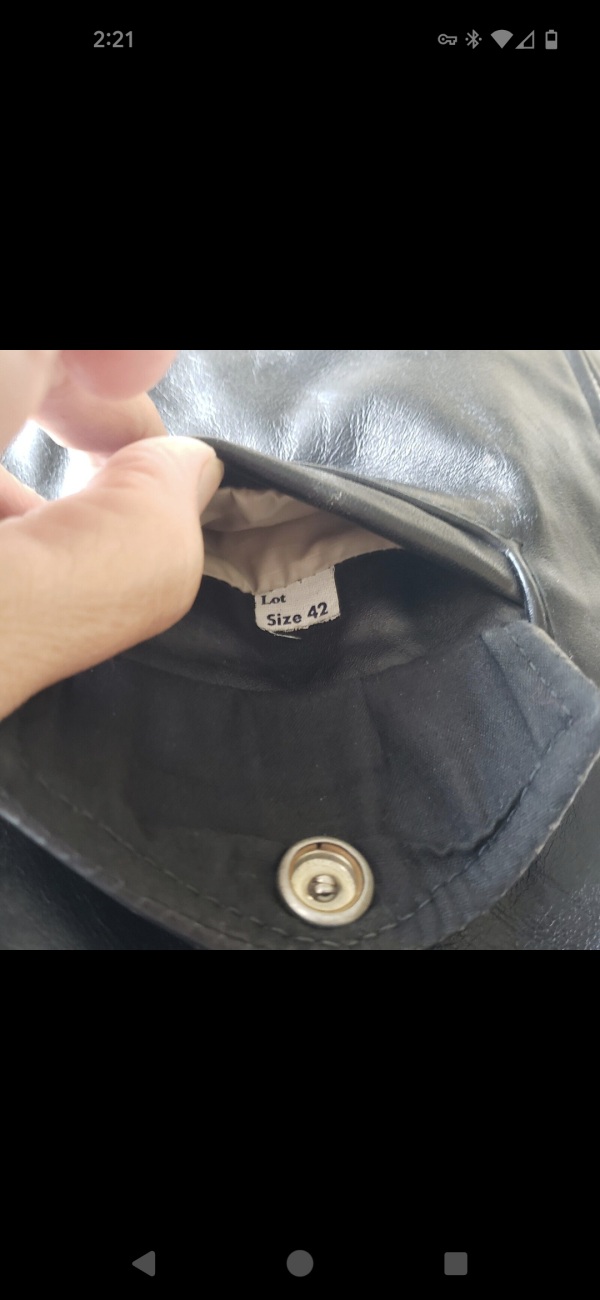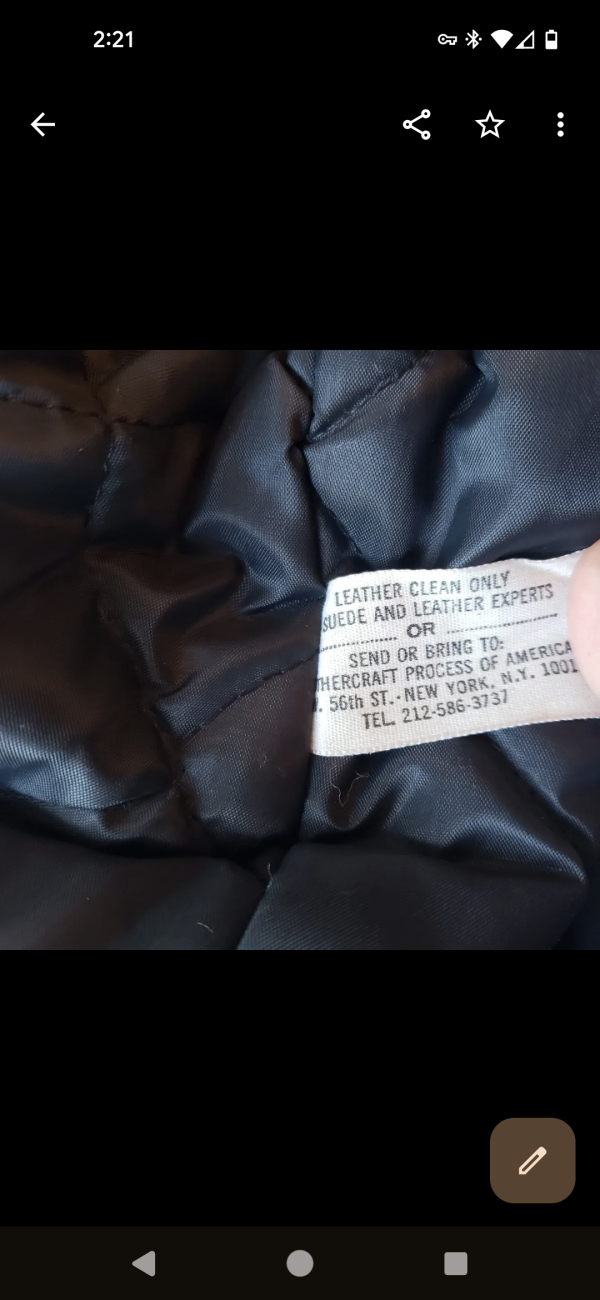spectre6000
One of the Regulars
- Messages
- 192
With shell cordovan (super oily/waxy), you brush really fast to work up some heat. It makes the oils/waxes less viscous and allows you to move things around and smooth it all out. You have to really get into though... You'll work up a sweat. Gets the grain to lay down smoothly and evenly. There's a name for the method I've seen referenced a few times, but I don't remember what it's called other than that it might stat with an M. This is likely where this came method from.
For non-shell cordovan type treatments, if the leather in question has plenty of oils and waxes as part of the finish, you could potentially accomplish something similar. Full/top grain doesn't have much in the way of fiber to move around, so it wouldn't do much or maybe not anything at all. Suede doesn't have the waxes, but you'd be brushing crap out of the fibers, and that would smooth things out and make it look a little cleaner and more even. Corrected leathers... I'm not sure... They typically have some sort of non-waxy top coat that wouldn't play nice with this method, but I don't have a ton of experience with it. If you're dealing with something with a seal coat, this won't work at all.
Beyond that, it'll just get in all the little nooks and crannies and work stuff out. Less grit between the fibers to cut into them and weaken the leather.
For non-shell cordovan type treatments, if the leather in question has plenty of oils and waxes as part of the finish, you could potentially accomplish something similar. Full/top grain doesn't have much in the way of fiber to move around, so it wouldn't do much or maybe not anything at all. Suede doesn't have the waxes, but you'd be brushing crap out of the fibers, and that would smooth things out and make it look a little cleaner and more even. Corrected leathers... I'm not sure... They typically have some sort of non-waxy top coat that wouldn't play nice with this method, but I don't have a ton of experience with it. If you're dealing with something with a seal coat, this won't work at all.
Beyond that, it'll just get in all the little nooks and crannies and work stuff out. Less grit between the fibers to cut into them and weaken the leather.






